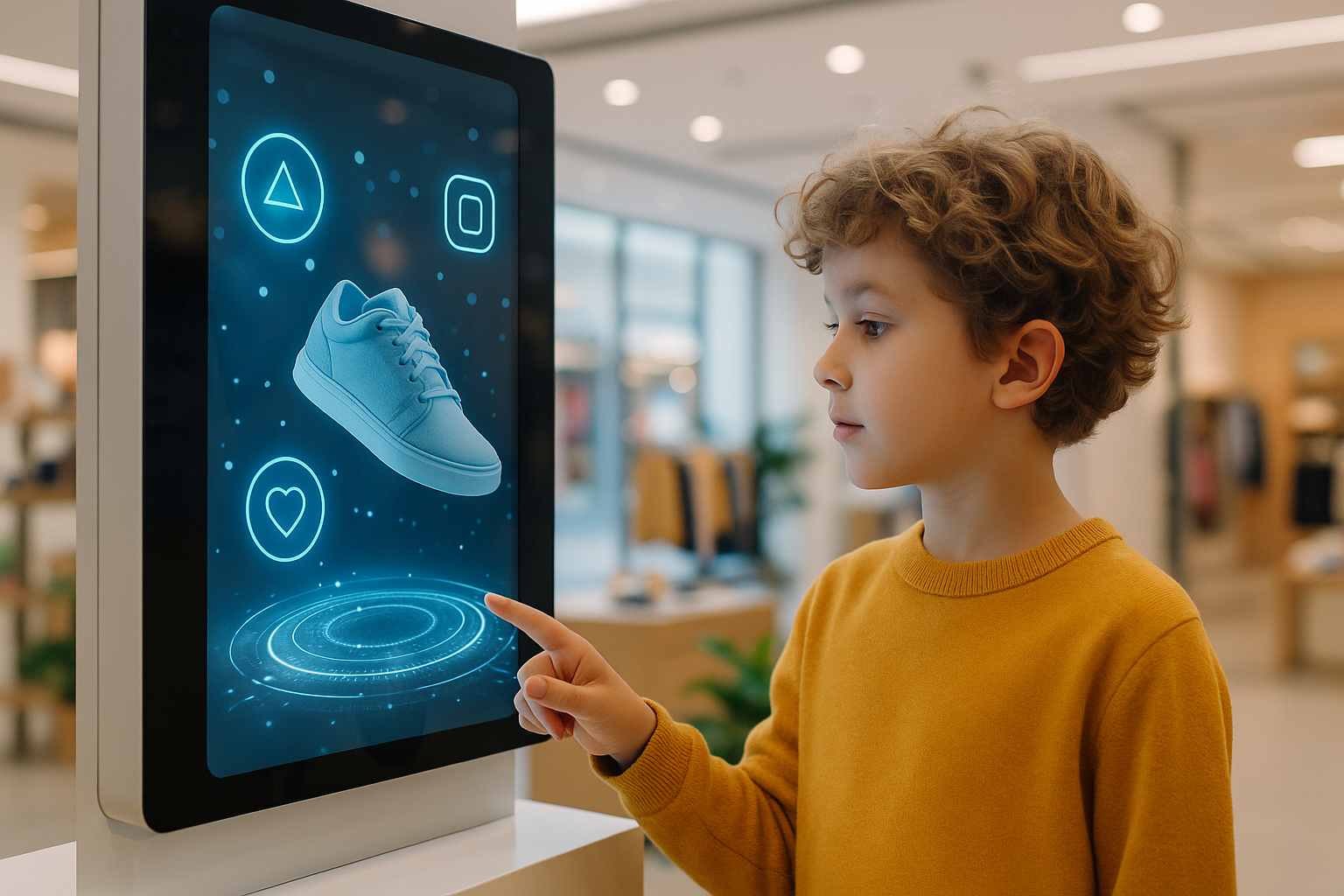Designing for Gen Alpha: What the Next Generation Expects from Brands
Understanding Tomorrow’s Audience Today
Brands have been scrambling to decode millennials, fine-tune their message for Gen Z, and now—ready or not—Gen Alpha is on the horizon. Born between 2010 and 2025, they are the first generation to grow up entirely in a world defined by smart devices, artificial intelligence, instant access to information, and digital interconnectivity from day one. By the time they hit the workforce, they will be the most tech-immersed and brand-savvy consumers in history.
But Gen Alpha isn’t simply an upgraded version of Gen Z. Their expectations will fundamentally reshape how brands look, speak, and act. From visual identity to interaction style to digital ethics, understanding what resonates with this generation isn’t optional—it’s critical for future relevance.
A New Visual Language
Gen Alpha doesn’t remember a pre-iPad world. Their design sensibilities are shaped by interactive, animated, and highly intuitive interfaces. Static, overly corporate branding is likely to feel alien to them. Instead, they’re drawn to:
Dynamic Branding: Think motion logos, adaptable colour palettes, and responsive design that shifts with context.
Playful Minimalism: Clean layouts, but with a sense of warmth and character—not sterile minimalism.
Layered Storytelling: Visual identities that evolve over time, rewarding deeper exploration and interaction.
For example, apps like Duolingo and Canva have mastered the balance between clear design and character-driven branding. They don’t just deliver a product—they deliver an evolving experience that feels alive.
Interaction Styles: Control in Their Hands
Raised on personalisation, Gen Alpha expects active participation in their brand experiences.
Interactivity Everywhere: Product customisation, gamified rewards, and immersive, multi-platform experiences.
Conversational Touchpoints: Chatbots, voice assistants, and AR try-ons that respond naturally.
Frictionless Navigation: Instant access, intuitive layouts, and smooth transitions between digital spaces.
For them, engagement isn’t about being spoken to—it’s about co-creating the journey.
Digital Ethics and Trust
Gen Alpha is growing up in a world hyper-aware of privacy, online safety, and environmental impact. They’ve seen data breaches and algorithm-driven misinformation, and they expect brands to act responsibly.
Transparent Practices: Clear data usage policies and honest communication.
Sustainable Commitments: Proof of eco-friendly practices, not just slogans.
Inclusive Design: Representation across all brand imagery and messaging.
Brands that align ethics with action will earn their trust—and loyalty.
The Road Ahead
Designing for Gen Alpha means embracing adaptability, interactivity, and authenticity while embedding trust into every touchpoint. This generation’s expectations will push brands to be more human, more responsive, and more responsible.
The brands that thrive will be those willing to evolve in real time, meeting Gen Alpha’s needs today while anticipating what they’ll want tomorrow.
Frequently Asked Questions
Who is Gen Alpha?
Born between 2010 and 2025, Gen Alpha is the first generation to grow up fully immersed in digital technology from birth.How is Gen Alpha different from Gen Z?
They are even more tech-integrated, with higher expectations for interactivity, ethics, and personalisation.What visual styles appeal to Gen Alpha?
Dynamic, adaptable branding with personality-driven minimalism.Why is interactivity important for this generation?
It gives them control and makes them active participants in the brand experience.How do digital ethics influence Gen Alpha’s brand loyalty?
They value transparency, privacy protection, sustainability, and inclusivity.Which industries will need to adapt most quickly?
Retail, entertainment, and education—sectors heavily shaped by digital engagement.What role does personalisation play?
It transforms passive consumption into active co-creation.Are they more brand-loyal than previous generations?
They are loyal to brands that align with their values and adapt to their evolving preferences.What technologies will shape their expectations most?
AI, AR, VR, and advanced personalisation algorithms.How can brands start preparing now?
Invest in adaptive design, ethical practices, and interactive, value-driven customer journeys.

